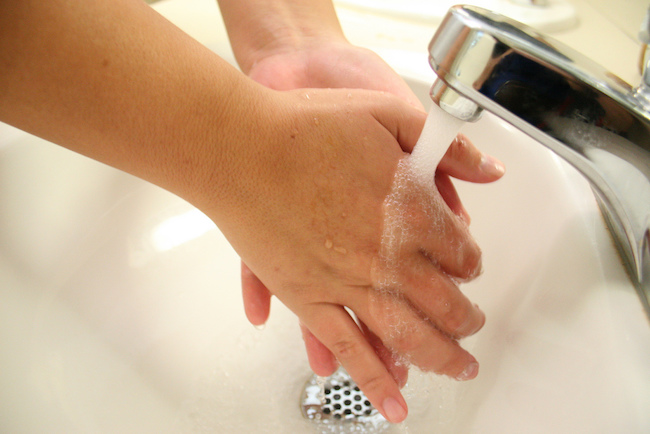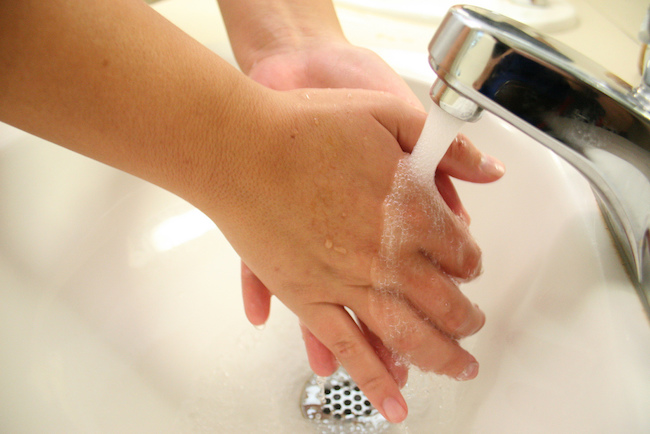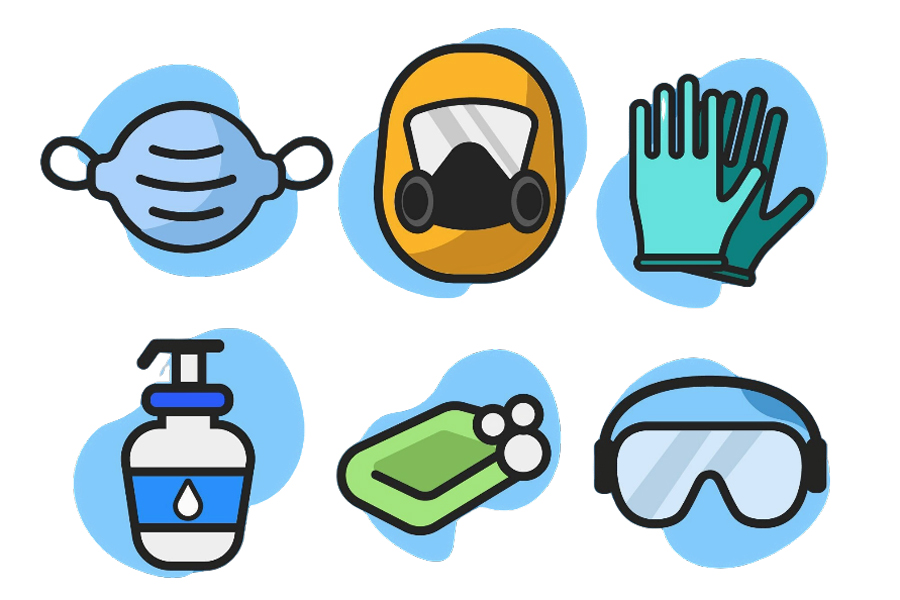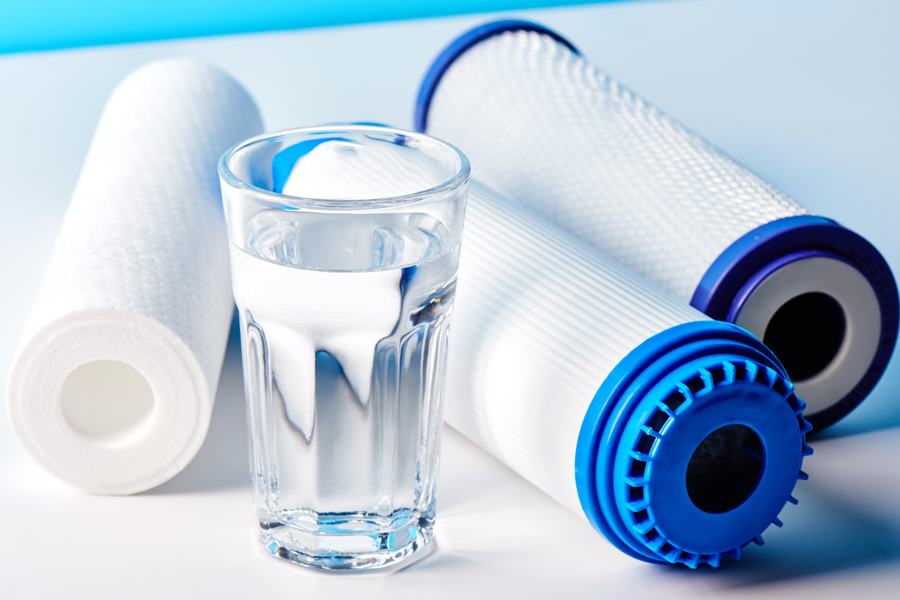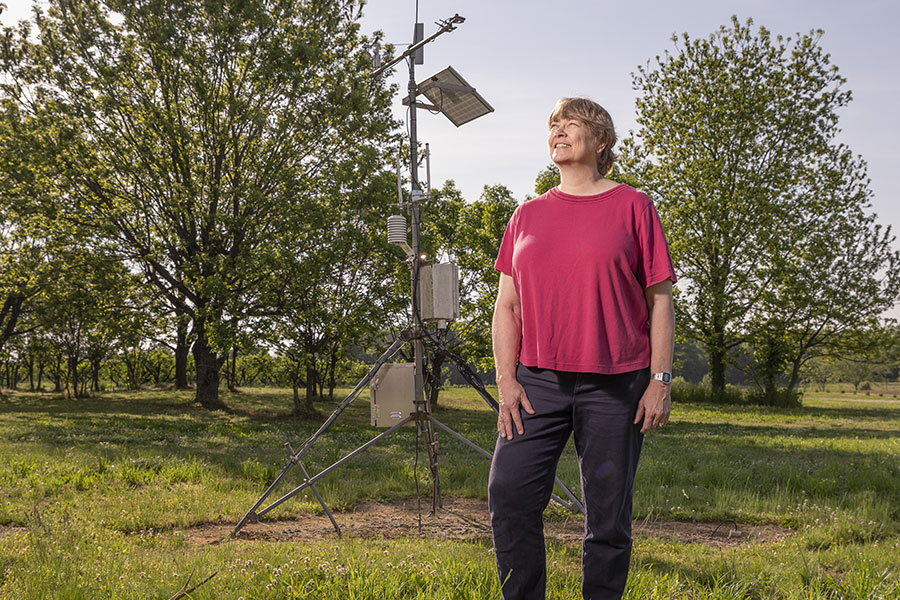Cold, flu, bronchitis and other viruses have affected a number of Georgians this winter. It may be difficult to think about flu season when the outdoor temperatures remain at 70-plus degrees, but we are still in flu season and to avoid illness, proper precautions must be taken.
University of Georgia Cooperative Extension offers a few tips to help beat the bugs this flu season.
First, we must wash our hands. Most of us wash our hands, just not properly. Hands should be washed for 20 seconds with warm soap and water to effectively clean them. Also, contrary to what my children believe, sanitizer is not a replacement for hand-washing. Sanitizer can be used in the event that soap and water are not available, but soap and water are always the best choice for hand-washing.
There are different levels of clean. Cleaning is the process of removing physical dirt. It does not remove germs, mold or other harmful bacteria that make us ill. Cleaning is generally done with soap or detergent and water. It is also the lowest level of clean. When someone has been ill in your home, you may want a higher level of clean.
Sanitizing is the process of decreasing germs to levels at which illness does not occur. This process often involves the use of a sanitizing solution. Most of us use a bleach-and-water solution to achieve this level of clean. With bleach, remember that less is best.
Traditionally, bleach is overused. To make a sanitizing solution, the Environmental Protection Agency recommends 1 teaspoon of bleach to 1 quart of water. To “go green,” you can also use vinegar or hydrogen peroxide to sanitize. The EPA suggests using half a cup of either hydrogen peroxide or vinegar in a spray bottle. To sanitize surfaces effectively, remember to clean the surface first, then apply the sanitizing solution. This may seem like a small step, but to get rid of bacteria and other pathogens that could potentially make us ill, it is essential.
Disinfecting is the third and highest level of clean. My daughter had a 24-hour virus. To avoid spreading it to the entire family, I washed her bedding in hot water and used disinfectant wipes on doorknobs, remote controls, light switches, toilet handles and any other place I could think of that could potentially harbor illness-causing bacteria.
Disinfecting properly, whether you use wipes, bleach-and-water solution or spray, is critical. According to the EPA, “To achieve the desired level of disinfection, the chemical in question must be applied at a certain concentration for a specified amount of time.”
Remember, disinfecting is a two-step process. First, clean the surface. Second, allow the disinfectant dwell time, or the amount of time that a surface must be in contact with the disinfectant solution in order to kill harmful bacteria.
In other words, spray or wipe the disinfectant solution onto a clean surface and allow it to sit. If you are using a chemical disinfectant, the instructions for dwell time should be on the package. Don’t forget to clean doorknobs, handles, light fixtures, tablet cases, keyboards and cell phones. They are notorious for harboring icky bacteria.
